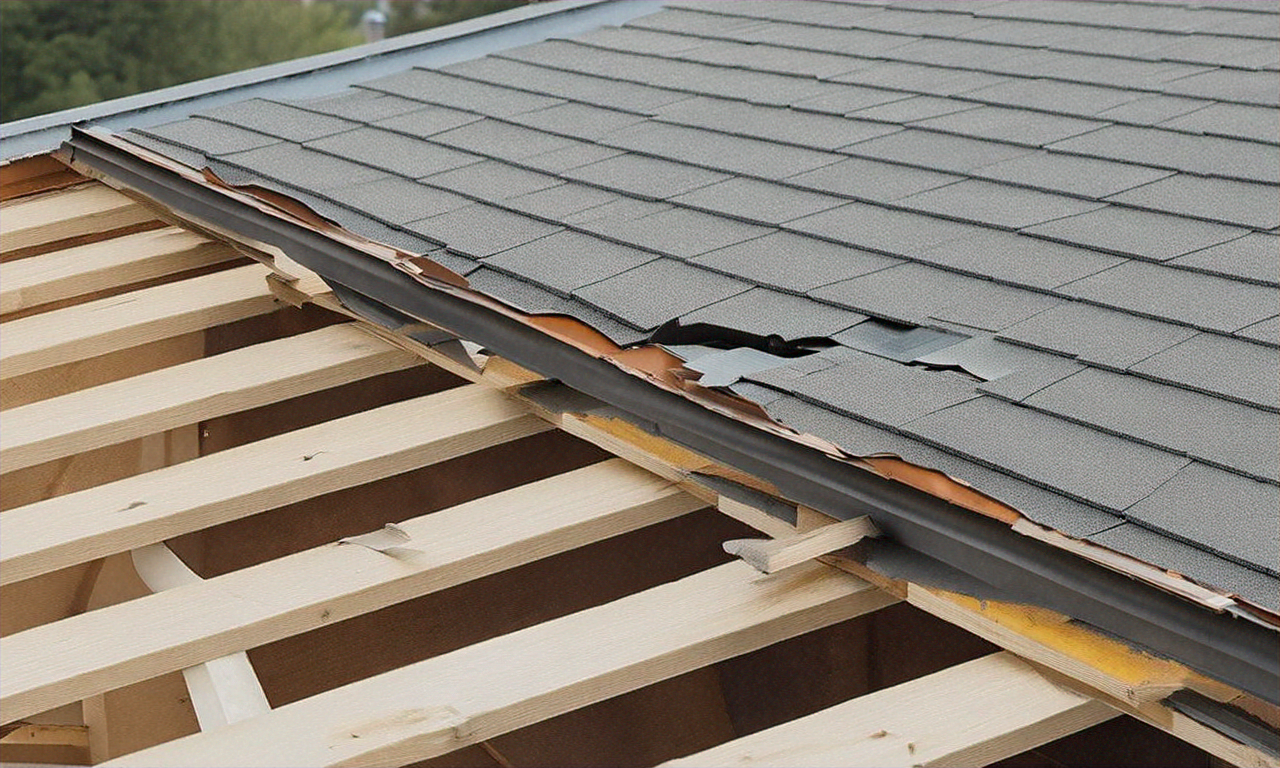Noticed a Crack Near the Window? Don’t Ignore It
Cracks in concrete or basement walls may look small, but they can turn into bigger problems. If you notice changes around your windows or floor, it could be time to check for foundation issues. Concrete crack filler and simple repair steps can help keep your home safe. Learn what to watch for and how to take action before the damage grows.

What causes cracks near windows?
Cracks near windows can occur for various reasons. Settlement of the foundation, changes in temperature and humidity, or even poor construction techniques can lead to these fissures. As buildings age, materials expand and contract, sometimes resulting in visible cracks. In some cases, the weight of the structure above the window might be unevenly distributed, causing stress on the surrounding walls and leading to cracking.
How can you tell if a crack is serious?
Not all cracks are created equal. While some may be harmless, others can indicate severe structural problems. Look for these signs to determine if a crack needs immediate attention:
-
Width: Cracks wider than 1/4 inch are generally cause for concern.
-
Direction: Horizontal cracks are often more serious than vertical ones.
-
Movement: If the crack appears to be widening over time, it’s a red flag.
-
Location: Cracks that extend from windows to doors or the ceiling may indicate structural issues.
-
Unusual floor slope by concrete edges: This can be a sign of foundation problems.
What are the risks of ignoring window cracks?
Ignoring cracks near windows can lead to a host of problems. Water infiltration is a primary concern, as even small cracks can allow moisture to seep into your walls. This can lead to mold growth, wood rot, and deterioration of insulation. In more severe cases, untreated cracks can compromise the structural integrity of your home, potentially leading to costly repairs or even safety hazards.
How can you prevent cracks from forming?
While some settling is normal for buildings, there are steps you can take to minimize the risk of cracks forming near windows:
-
Ensure proper drainage around your home’s foundation.
-
Maintain consistent moisture levels in the soil around your foundation.
-
Address any plumbing leaks promptly.
-
Use quality materials and proper techniques when constructing or renovating.
-
Regular inspections can help catch potential issues early.
What are the signs of foundation problems to watch for?
Foundation issues can manifest in various ways throughout your home. Be on the lookout for these warning signs:
-
Vertical marks on inner basement walls: These can indicate shifting or settling.
-
Uneven paint lines over exterior cracks: This may suggest ongoing movement in the structure.
-
Doors or windows that stick or won’t close properly.
-
Gaps between walls and ceilings or floors.
-
Sloping or uneven floors.
How can you address cracks near windows?
If you’ve noticed a crack near your window, don’t panic. Here are some steps you can take:
-
Document the crack: Take photos and measure its width and length.
-
Monitor for changes: Check the crack regularly for any expansion or movement.
-
Consult a professional: If the crack is wide, growing, or accompanied by other signs of structural issues, contact a structural engineer or foundation specialist.
-
Seal small cracks: For minor, stable cracks, use an appropriate sealant to prevent water infiltration.
-
Address underlying causes: If moisture or drainage issues are contributing to the problem, take steps to correct them.
Remember, while DIY solutions can be tempting, it’s crucial to get a professional assessment for any cracks that raise concerns. A thorough inspection can identify the root cause and recommend appropriate remediation strategies.
In conclusion, a crack near your window should never be ignored. While it may turn out to be a minor issue, it could also be an early warning sign of more significant problems. By staying vigilant, addressing issues promptly, and seeking professional help when needed, you can protect your home’s structural integrity and avoid costly repairs in the future. Regular maintenance and inspections are key to catching potential problems early and ensuring your home remains safe and stable for years to come.






